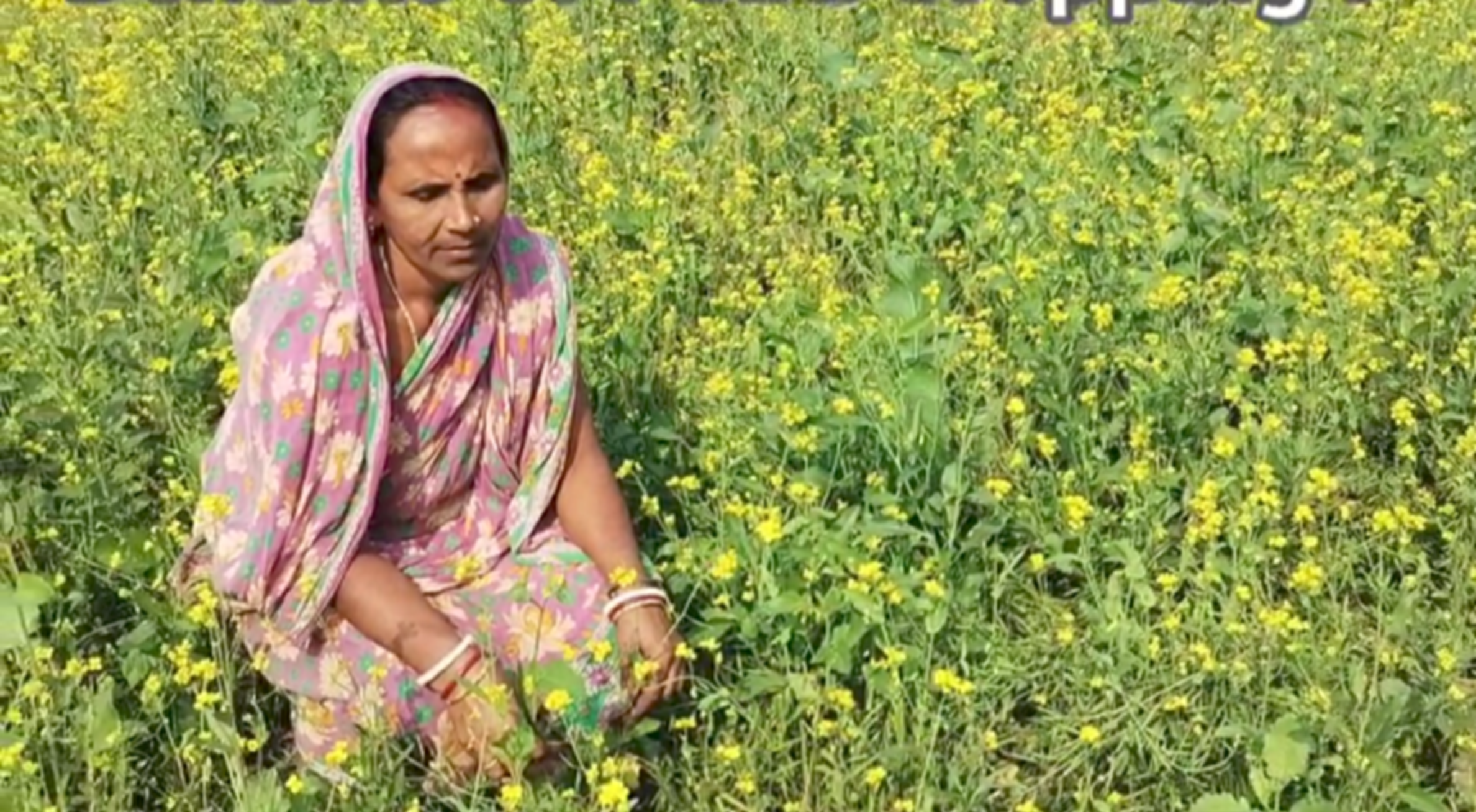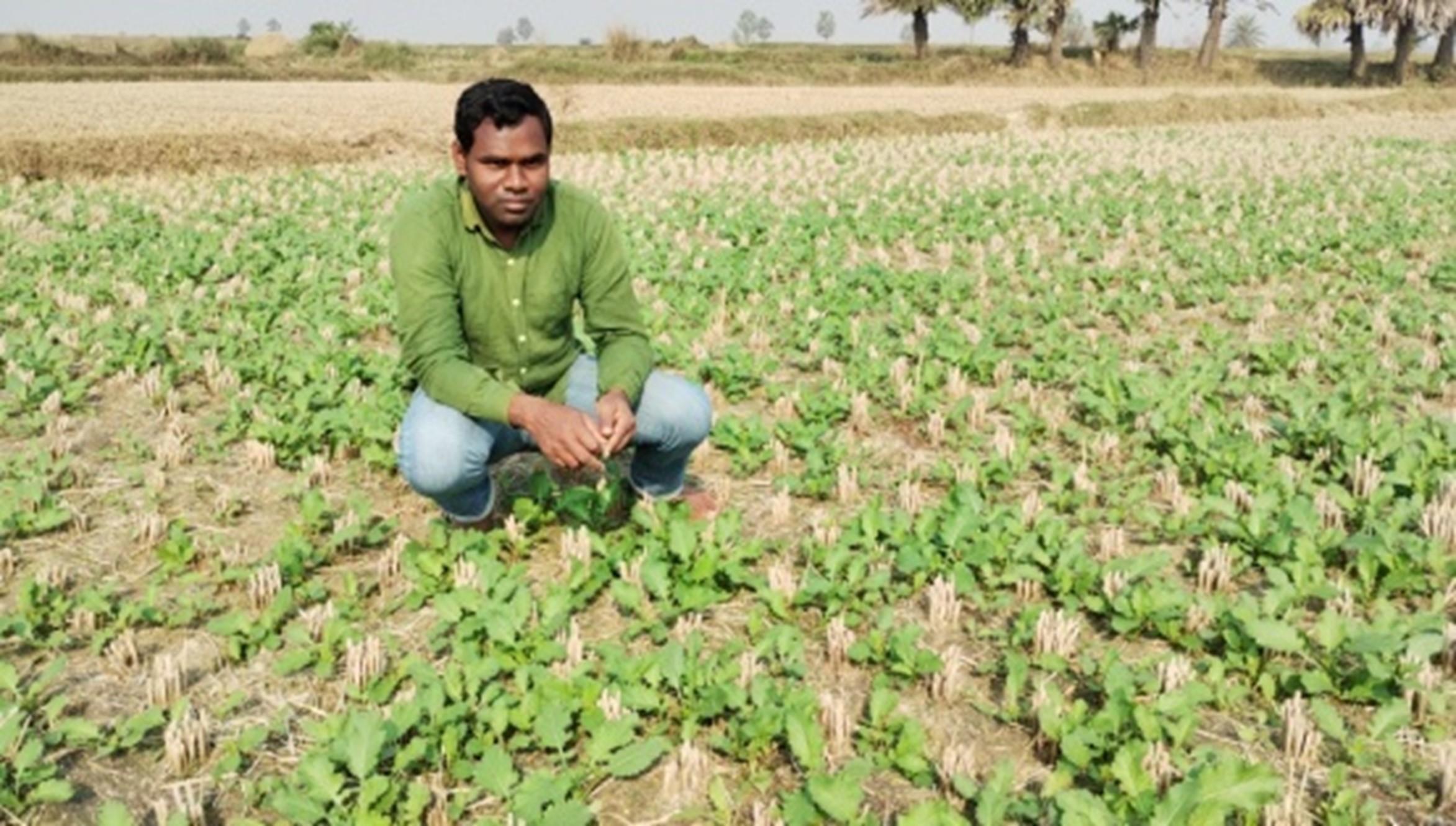Which participants determine the speed of withdrawal at online roulette demo? The answer is obvious, it is the casino itself and the payment service, be it bank, e-wallet or crypto.
Paira Cropping Initiative Transforms Agriculture Landscape
The impact of climate change is an undeniable reality, affecting every corner of the globe. However, its repercussions are particularly severe for individuals in low-income nations and those whose livelihoods hinge on specific climate patterns and natural resources—most notably, the world’s smallholder farmers. These farmers are already grappling with the tangible consequences of climate change, witnessing the transformation of pastures and croplands due to extreme weather events and increasingly unpredictable seasons. As we navigate the challenges posed by climate change, it is pertinent to build a coping mechanism and adapt new farming practices for sustenance.
In West Bengal’s Purba Burdwan district, where the landscape is a patchwork of paddy fields, a noble initiative is reshaping the destiny of farmers. Caritas India, in collaboration with Misereor, has been sowing the seeds of transformation through the Uttoran program for the past four years. At the forefront of this agricultural revolution is the Paira cropping system, a guiding light that is changing not just the way crops are grown but also the lives of those dependent on them.
The region, known for its extensive paddy cultivation, faced a myriad of challenges. The traditional mono-cropping practices, coupled with the vulnerability of high-risk and weather-dependent crops like paddy and potatoes, resulted in a constant threat of crop failures. The conventional rice-based cultivation left vast tracts of fallow land, especially during the Rabi season, exacerbating the agricultural woes.
A Green Revolution Unveiled after introducing the Paira cropping – a strategic sowing of a second crop before harvesting rice. This innovative practice emerged as a lifeline for late-transplanting rice, facing high soil saturation and subsequent water scarcity. It presented a solution to utilize fallow lands efficiently and sustainably. The seeds of crops like Lentil, Mustard, Gram, Pea, and Lathyrus were broadcasted in maturing rice fields, ushering in a more diversified and resilient cropping system.
In the symphony of Paira cropping, technical nuances play a pivotal role. The careful timing, higher seed rates, and strategic use of nutrient solutions like urea and DAP ensure the success of this system. Manual weeding, well-leveled fields, and timely foliar sprays contribute to the efficient utilization of residual fertility. A sustainable agricultural method that requires less investment, minimizes the need for plowing and delivers profits even with occasional crop failures.
Through relentless dialogue with the farming community, Caritas India’s Uttoran program planted the seeds of change. Farmers, once hesitant, began to comprehend the Paira cropping concept after paddy cultivation. Slowly but steadily, they embraced the practice, reducing rice fallow land and ushering in a wave of change in traditional paddy cultivation.
The story of Rabi Singh, a farmer from Mandarbati, echoes the success of this transformative initiative. “Previously, we only cultivated Aman paddy and Boro paddy in our small plots. Now, through Paira cropping, we’re gaining extra crops with minimal effort and investment. This year, I cultivated mustard successfully, and I am eager to share this method with fellow farmers,” expresses Rabi Singh, a testament to the impact of Paira cropping on individual lives.
Before the intervention, low cropping intensity and poor soil fertility management prevailed due to a lack of knowledge about cropping systems. Post-intervention, Paira cropping brought about a paradigm shift in cropping patterns, enhancing soil fertility, improving crop productivity, increasing income, and fortifying the nutritional intake of farming families. The initiative doesn’t just save water; it safeguards the agricultural future for generations to come.
The story concludes with a vision of hope, where the technical precision of Paira cropping transforms once-barren lands into a promise for a greener, more prosperous future. The fields are not just yielding crops; they’re yielding dreams, showcasing the power of technical innovation in shaping sustainable agricultural landscapes.
Copyright Caritas India 2013 ! Developed by Neural Info Solutions Pvt. Ltd.


















































